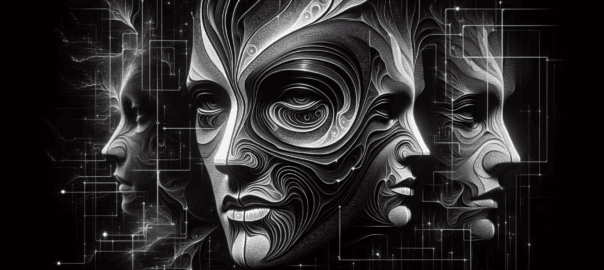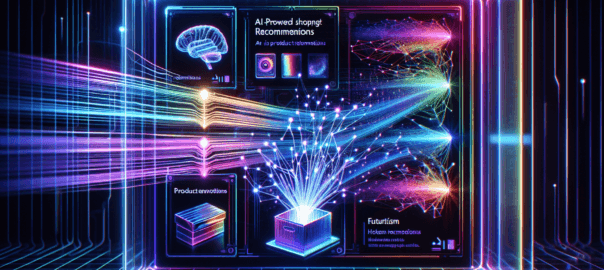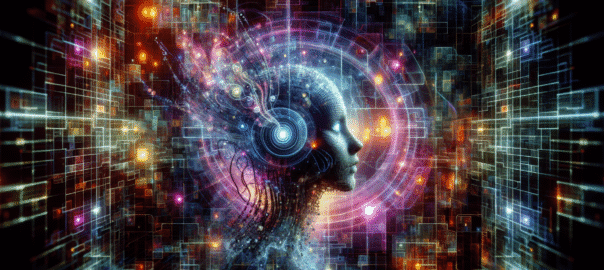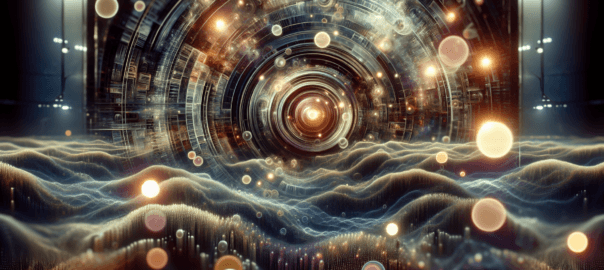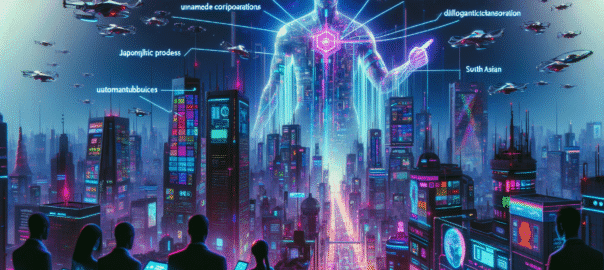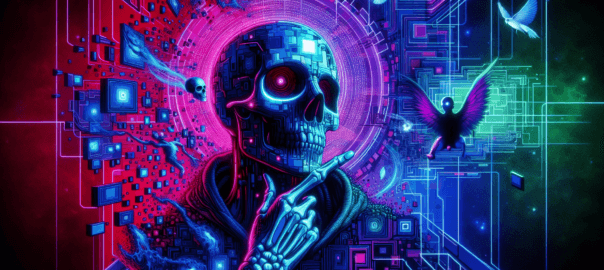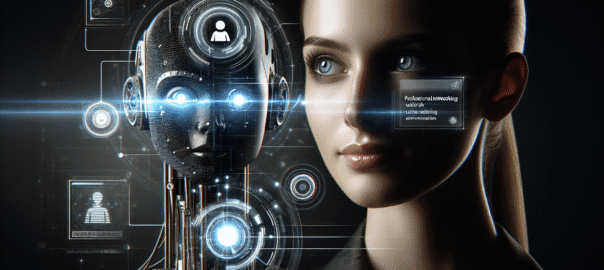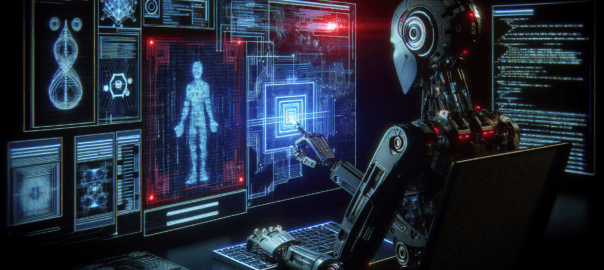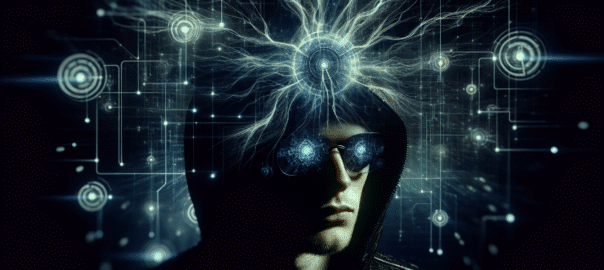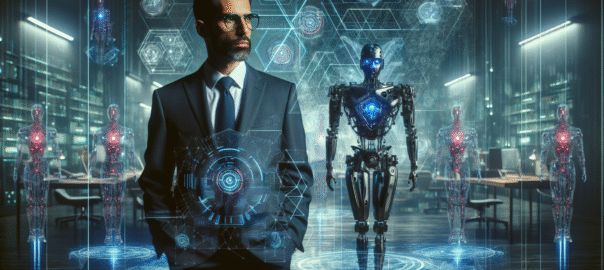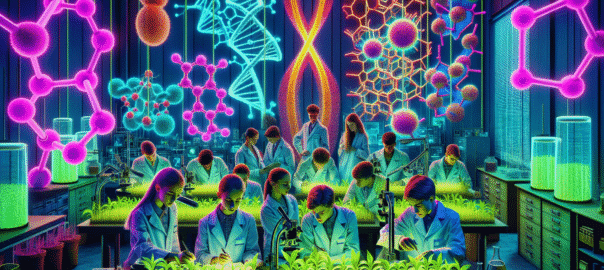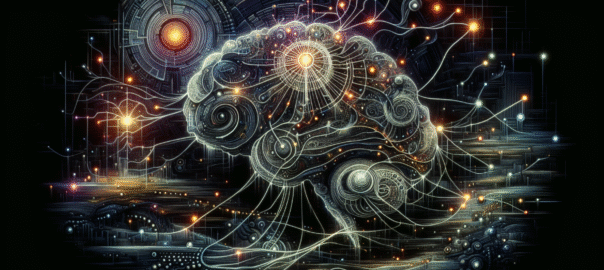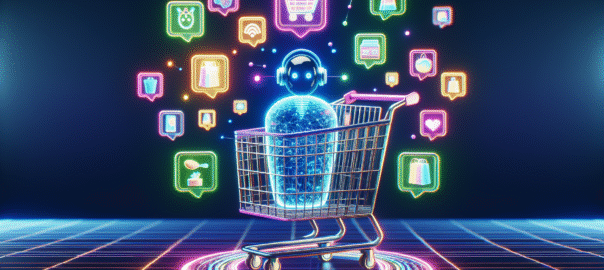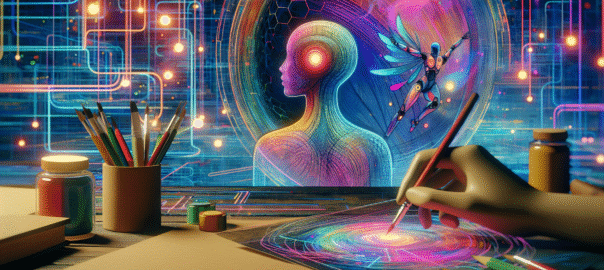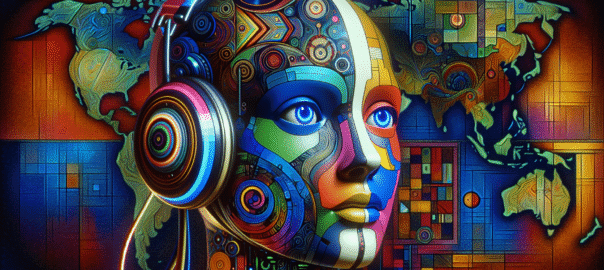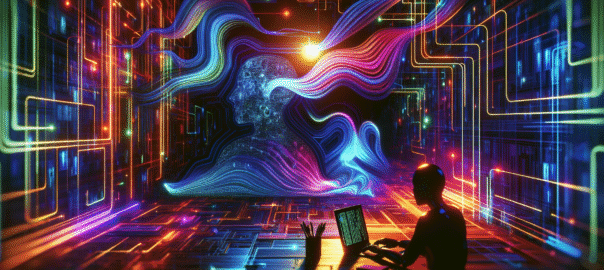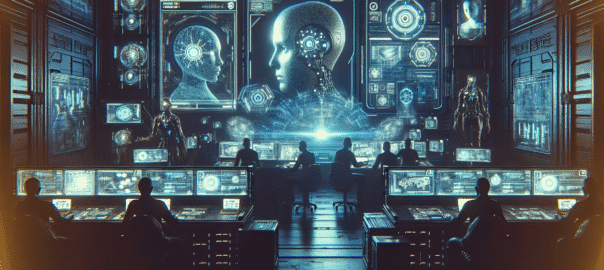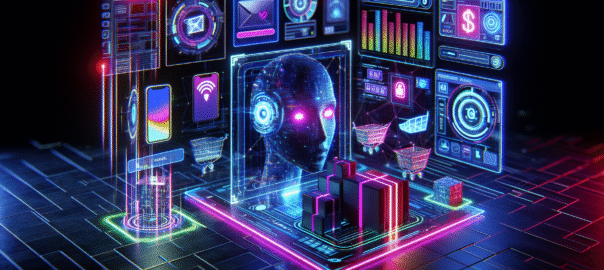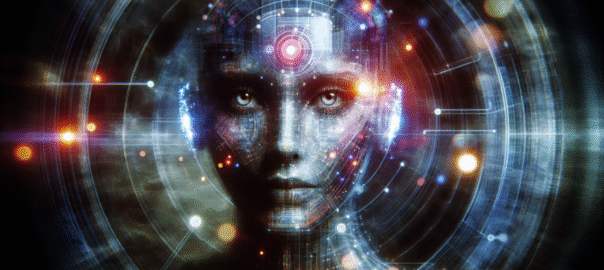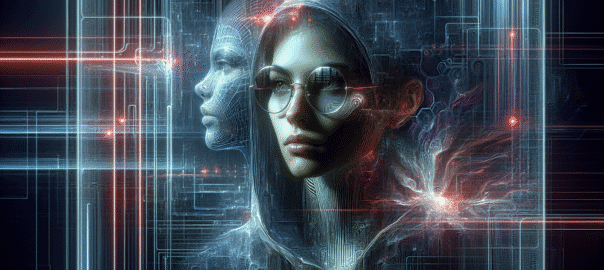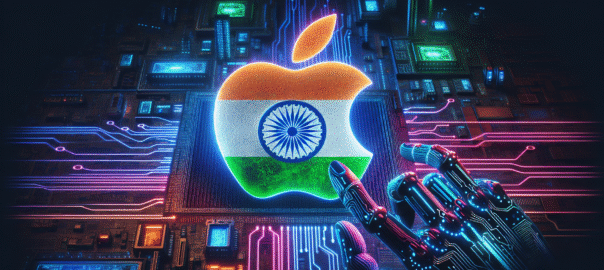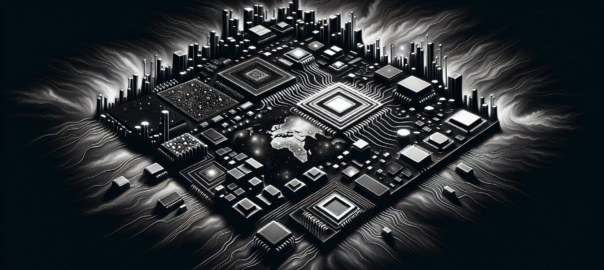OpenAI’s astronomical $830 billion valuation quest sparks global tech revolution!
The tech world is buzzing with OpenAI’s audacious funding strategy, which could redefine the artificial intelligence landscape. As reported in our previous exploration of OpenAI’s transformative technologies, the company continues to push boundaries and challenge traditional investment paradigms.
As a tech enthusiast who has witnessed numerous startup transformations, I can’t help but marvel at OpenAI’s bold move. It reminds me of a conversation I had with a venture capitalist friend who said, ‘Mischa, sometimes the most ambitious bets create the most extraordinary outcomes.’
OpenAI’s Groundbreaking $100B Funding Ambition Unveiled
OpenAI is making waves in the tech ecosystem by reportedly seeking a jaw-dropping $100 billion funding round that could value the company at an unprecedented $830 billion, according to the Wall Street Journal. This monumental financial strategy comes as the company aims to solidify its position at the forefront of AI development.
The funding would enable OpenAI to expand its technological frontiers, with potential investments in advanced computing infrastructure, research and development, and global expansion. Interestingly, the company may target sovereign wealth funds as potential investors, signaling a strategic approach to raising capital.
Competition in the AI landscape is intensifying, with rivals like Anthropic and Google pushing the boundaries of artificial intelligence. OpenAI’s massive funding round represents a significant bet on maintaining technological leadership and driving innovation across multiple domains.
The company’s current financial standing is already impressive, with over $64 billion in its coffers and an estimated annual run-rate revenue of approximately $20 billion. This funding could potentially accelerate OpenAI’s ambitious projects and technological breakthroughs.
OpenAI Investment Revolution: AI Venture Capital Platform
Imagine a groundbreaking platform that democratizes AI investment, allowing everyday investors to participate in fractional investments across cutting-edge AI startups. This platform would leverage OpenAI’s ecosystem insights to curate investment opportunities, provide detailed AI startup analyses, and offer transparent, low-barrier entry into the AI investment landscape.
The AI Investment Frontier: Navigating Uncharted Waters
As we stand on the precipice of a potential AI revolution, OpenAI’s bold funding strategy challenges us to reimagine the possibilities. Are you ready to be part of this transformative journey? Share your thoughts, predictions, and excitement about the future of artificial intelligence!
Quick OpenAI Investment FAQ
Q1: How much funding is OpenAI seeking?
A: OpenAI is reportedly seeking $100 billion, potentially valuing the company at $830 billion.
Q2: Who might invest in this round?
A: The company may target sovereign wealth funds as potential investors.
Q3: What is OpenAI’s current financial position?
A: OpenAI currently has over $64 billion and generates around $20 billion in annual run-rate revenue.

